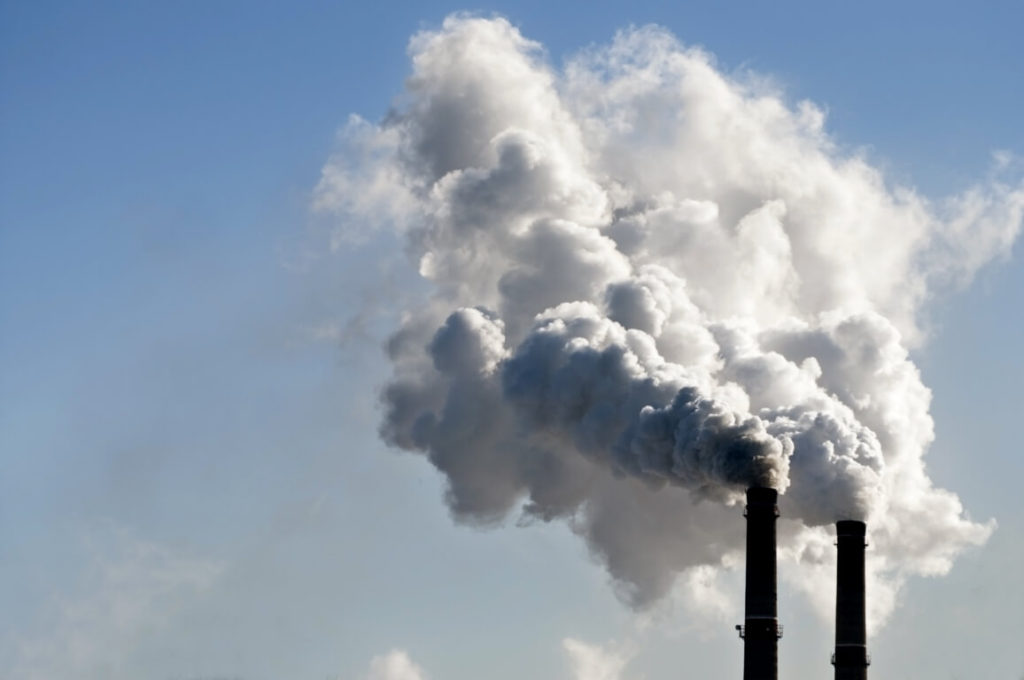About Heat is Power
The Heat is Power Association (HiP) is the trade association for the Waste Heat to Power (WHP) industry.
Waste Heat to Power (WHP) uses Waste Heat from industrial processes to generate electricity with no additional fuel, no combustion, and no incremental emissions. HiP provides a platform for businesses in the WHP space to network, collaborate and work to promote WHP technologies. HiP educates policy makers about the benefits of WHP and advocates for policies that provide parity for WHP with other sources of clean energy. We regularly partner with other business and trade associations and clean energy organizations to ensure coordinated, consistent and effective messaging.
Our History
The Heat is Power Association (HiP) was formed in 2011 by Waste Heat to Power (WHP) technology owners, operators, developers, and original equipment manufacturers. HiP educates state and federal policymakers on the clean energy opportunities presented by WHP and advocates for policies that promote parity in the research, development, deployment, and tax treatment of WHP technologies with other clean energy generation sources.
For years, a coalition of HiP members, allies, and esteemed U.S. Senators and Representatives worked to build awareness of the environmental and economic benefits of WHP and advocated for federal legislation that would make WHP technologies eligible for the Section 48 energy tax credit.
Through the enactment of the Consolidated Appropriations Act of 2021, Congress amended the Internal Revenue Code to include waste energy recovery property in the Section 48 energy credit for the first time. WHP technology was granted a 26% investment tax credit (ITC), on par with wind and solar.
In 2022, with the enactment of the Inflation Reduction Act, the ITC for waste energy recovery property was extended and increased from 26% to 30%. The tax credit is instrumental to growing the WHP industry and incentivises the utilization of unexploited waste streams that could generate an additional 21 gigawatts of clean electricity and create hundreds of thousands of new jobs in the US.
At the federal level, HiP continues to engage with Congress to advocate for sound policies that advance the WHP market. HiP works in tandem with government agencies and administration officials to ensure laws that impact the industry are implemented effectively.
In the states, HiP continues to educate legislators and regulators on the value of waste heat and monitor policies that impact WHP. Due in part to HiP’s efforts, there are now 32 states throughout the country that recognize waste heat under a variety of definitions in their renewable portfolio standards and energy efficiency standards.
Our Priorities
Advocacy
HiP is highly engaged in the policymaking process and works closely with legislators and implementors at the federal and state level to champion policies that promote WHP and support industry growth and development. HiP uses a variety of advocacy tools to achieve its policy goals, including commenting on proposals, direct lobbying, endorsing and promoting legislation, and offering recommendations and best practices for issuing guidance and implementing new laws.
Education
HiP educates stakeholders, state and federal officials, and the public on the economic and environmental benefits of WHP and promotes the use of WHP to meet clean energy goals, decarbonize heavy industry, and create more resilient electrical grids. HiP develops whitepapers and one-pagers and hosts webinars on a range of relevant WHP topics, including tax applications, best practices for establishing successful state WHP programs, and how to accelerate the deployment of WHP.
Heat is Power Members
(Use Cropper to set image and
use mouse scroller for zoom image.)
(Use Cropper to set image and use mouse scroller for zoom image.)
JOIN HiP TODAY
Join a coalition of companies working to advance the market for Waste Heat to Power (WHP).


Quick Links


